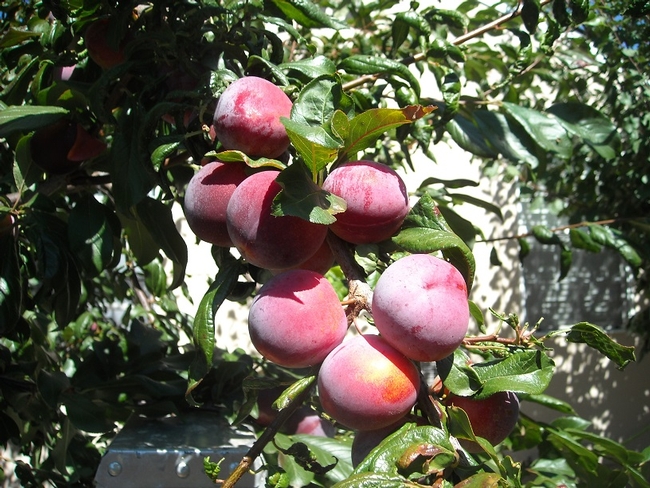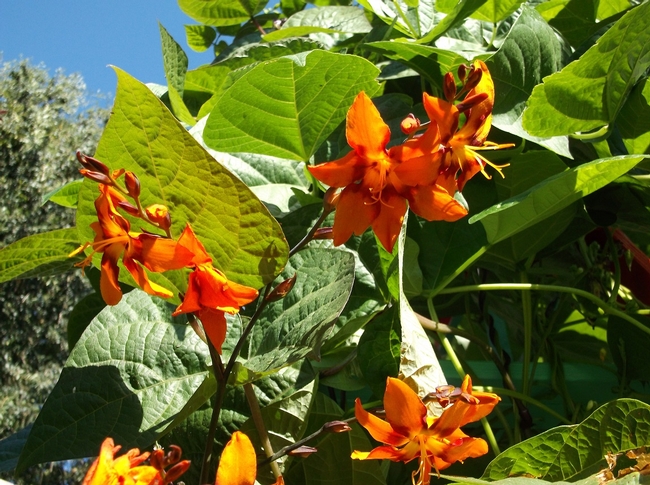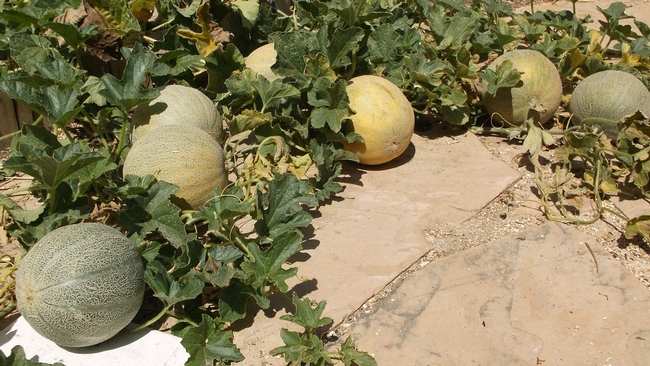
February: If soil is workable (not soggy), apply fertilizer to lawns, using precautions printed on the label of the product. High rainfall leaches some nutrients such as nitrogen from the soil, and cooler soil temperature can make iron and phosphorous less available to plants. Now is a good time to fertilize deciduous fruit trees. However, it is too early to fertilize evergreen shrubs and perennial plants. The fertilizer could trigger tender new growth that might be damaged this month and into March.
March: Fertilize lawns with a complete formula such as 16-6-8. The three numbers are shorthand for (N) nitrogen, (P) phosphorous and (K) potassium. Later in March, when established shrubs and citrus trees have begun active growth, fertilize them with a complete formulation, such as 10-10-10.

May: Fertilize annuals, perennials, shrubs and fruit trees. Follow application directions exactly. More is not better. If in doubt, use less, keeping in mind that any unused fertilizer goes into the water supply. Don't leave fertilizer in dry soil; it needs to be moistened to begin to work. Fertilize roses and schedule follow-up applications every 4 to 6 weeks.
June: Now is a good time to dig in some slow-release fertilizers to last the season or apply diluted fish emulsion when watering. When deep-rooted vegetables and fruits such as melon start to bloom fertilize lightly and lay a 3” layer of mulch around these plants.
July: Fertilize flower beds and citrus, but do not apply fertilizer to lawns or shrubs in the summer months.

September: Apply nitrogen fertilizer to lawns and immediately irrigate to rejuvenate them. For minimum maintenance lawn care, fertilize once in the fall and once in the spring. As you remove summer plants, dig the beds deeply and amend with well-composted organic matter. Add fertilizer containing potassium and phosphorous so that the beds are ready for fall annual flowers or the fall/winter vegetable garden. Fertilize permanent flowering plants. Dig in bone meal or a fertilizer such as 0-10-10 to encourage root growth and the formation of next year's buds. Fertilize fruit trees, shrubs and groundcovers with a fall feeding of 10-10-10 as they go dormant. Fertilize late winter, early spring-flowering shrubs such as camellias and azaleas with a low nitrogen product such as 2-10-10 to keep them healthy and stimulate them to produce strong buds.
October: Treat signs of iron chlorosis in citrus, gardenia, bottlebrush and azalea with chelated iron. It's not too late to fertilize late winter, early spring-flowering shrubs (camellias and azaleas) with a low nitrogen product such as 2-10-10. Feed the vegetable garden one last time early in the month with an ammonium form of nitrogen to reduce leaching. Lawns will respond to the ammonium form of nitrogen as well as the sulfate form of sulfur.